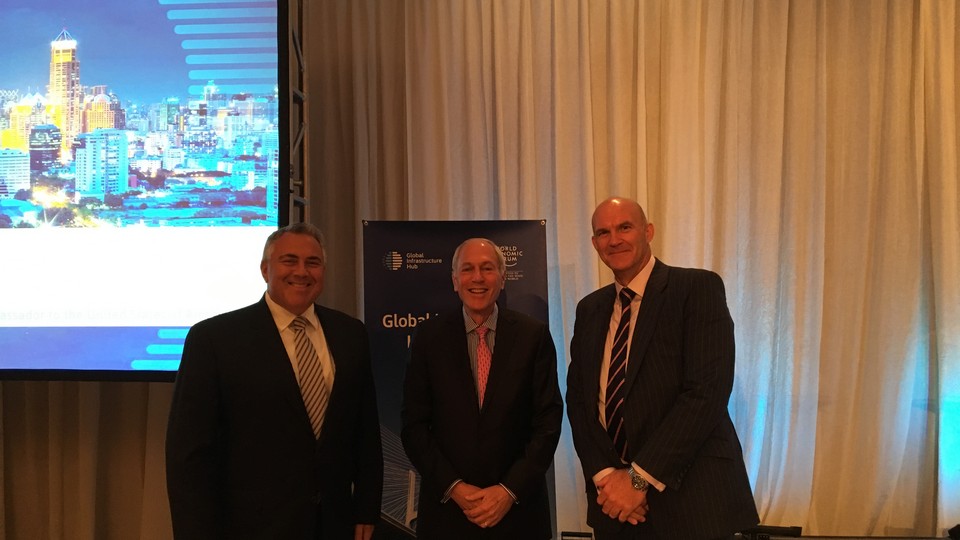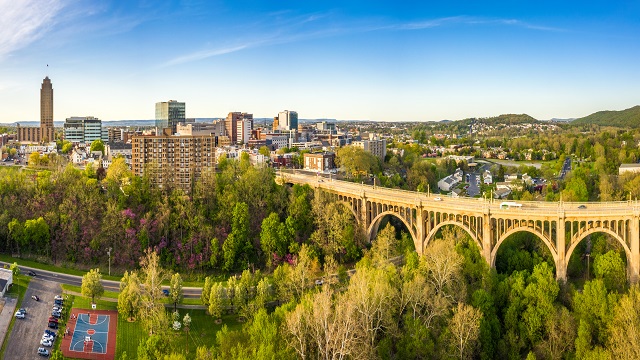958 results found
Featured results



More results

This paper looks at how to drive needed public sector innovations in infrastructure policy, regulation, finance, procurement and permitting.



Oxford Economics, in cooperation with the Organization of American States (OAS), has published a report on the TIR System as an example of a best practice for facilitating intermodal transport in Latin American Countries.





Design-build has been used in the private sector for decades, particularly in the industrial and process industries (often known as EPC or engineeringprocurement-construction). In executing their designbuild projects, private sector owners typically contract with their design-builders early in the project’s life.

Public-private partnership (PPP) renegotiations and their outcomes have been studied extensively in Latin America and Europe but not in the United States. Therefore, this study evaluates factors triggering U.S. PPP renegotiations by examining six highway PPPs located in California (2), Indiana (1), and Virginia (3).

The USD 1.1 billion Pennsylvania Rapid Bridge Replacement (RBR) Project is the first multi-asset public-private partnership (PPP) project to be undertaken in the US, using a bundled contract approach to replace 558 structurally deficient (SD) bridges across Pennsylvania.
The Global Infrastructure Hub’s Breakfast, in partnership with the World Economic Forum, took place in Washington D.C. yesterday. Infrastructure leaders and professionals
The global infrastructure investment gap has been estimated at $15 trillion in the latest report from GI Hub, Global Infrastructure Outlook. Across the 50 countries that make up the
Mark Moseley, the GI Hub Chief Operating Officer, discussing the topic of infrastructure organization and financing
At their recent Annual Meetings in Washington, World Bank and International Monetary Fund leaders discussed some key global issues; namely the global economic outlook and how to feed a growing global population.
The Global Infrastructure Hub’s Outlook shows the United States has one of the largest infrastructure gaps. What can the GI Hub’s InfraCompass tell us about fixing it?
We look at some options for the US to effectively fund and facilitate the delivery of major infrastructure projects.
The US Senate has passed the $1 trillion Infrastructure Investment and Jobs Act, the ‘historic’ bill promises vital investment in areas from roads, bridges and trains to broadband access and clean drinking water.
Vicki Cerullo, Acting Executive Director, New York City (NYC) Mayor’s Office of Climate & Environmental Justice, explains the city’s latest action plan for a cleaner, greener, and more just city, and outlines the plan’s key initiatives, and achievements.
Andrew Savage, Vice President of Sustainability at Lime – the world’s largest shared electric vehicle company, explains what Lime is doing to build a future where transportation can be shared, affordable, and carbon-free.
The Dulles Corridor Metrorail Project is a 37km, two-phase extension of the current Metrorail system delivered via a design-build-finance- operate-maintain (DBFOM) PPP concession
The Denver Union Station is a large-scale mixed-use development project to transform the underutilized old Denver Union Station into a modern district
Lowline is a project to transform an abandoned trolley (tram) terminal on the Lower East Side of Manhattan into the world?s first underground park
Due to the prevalence of smart phones and mobile technology, New York's ageing and underutilised network of 8,400 public payphones became obsolete
The Hudson Yards project is the largest mixed-use private real estate development in the United States by area (28 acres) and is projected to cost USD25 billion upon completion.




 Global Infrastructure Outlook
Global Infrastructure Outlook












